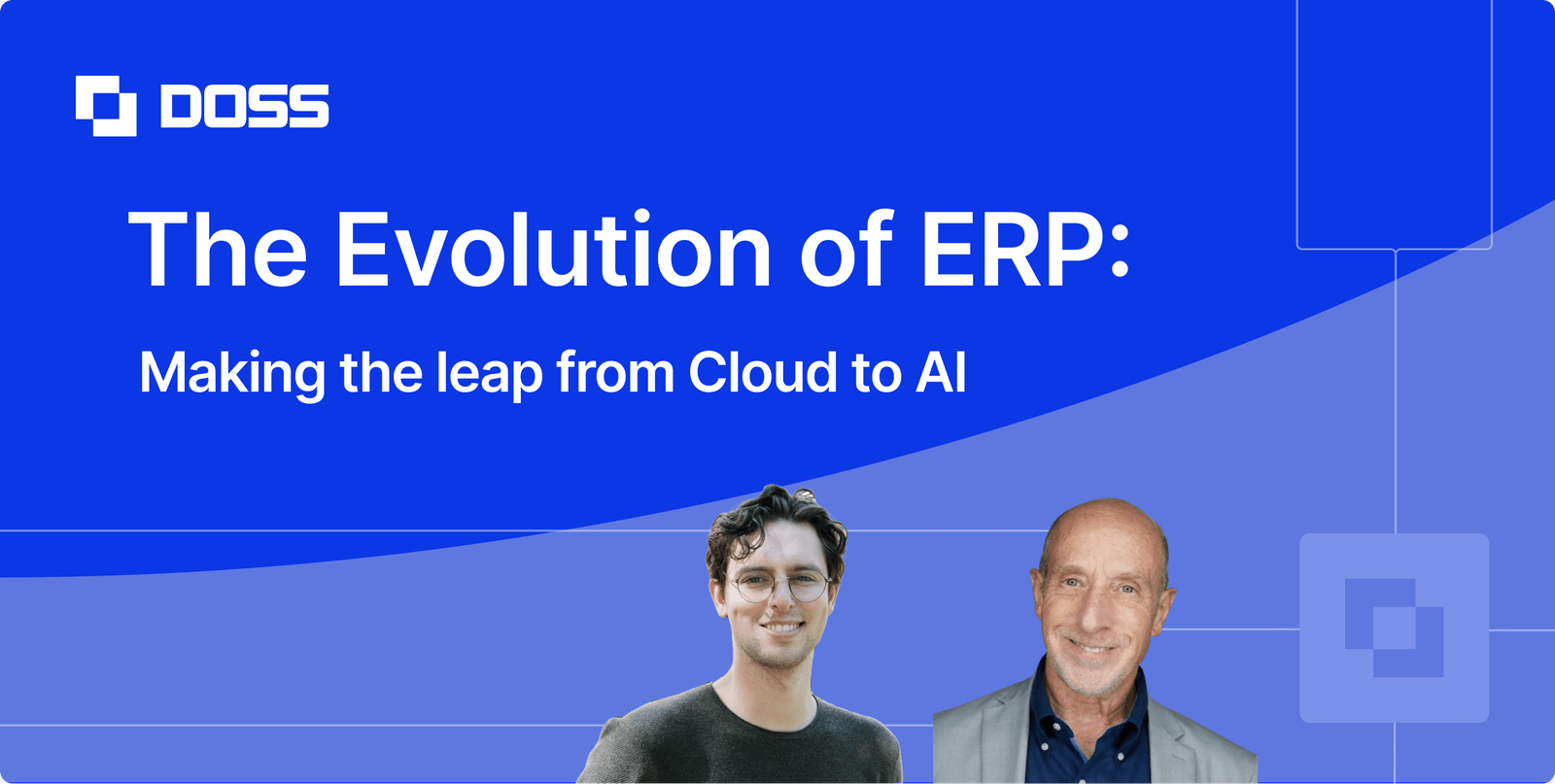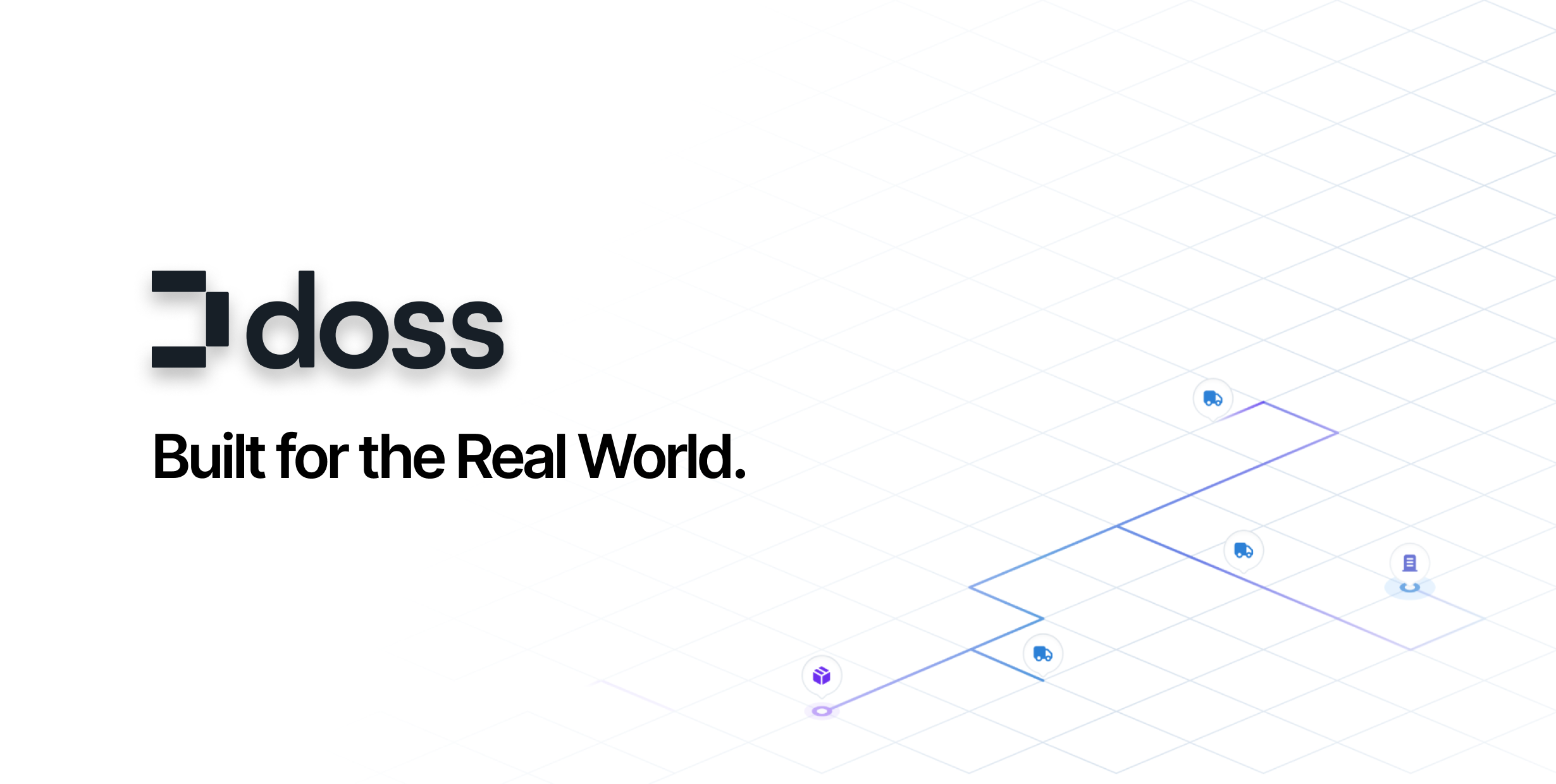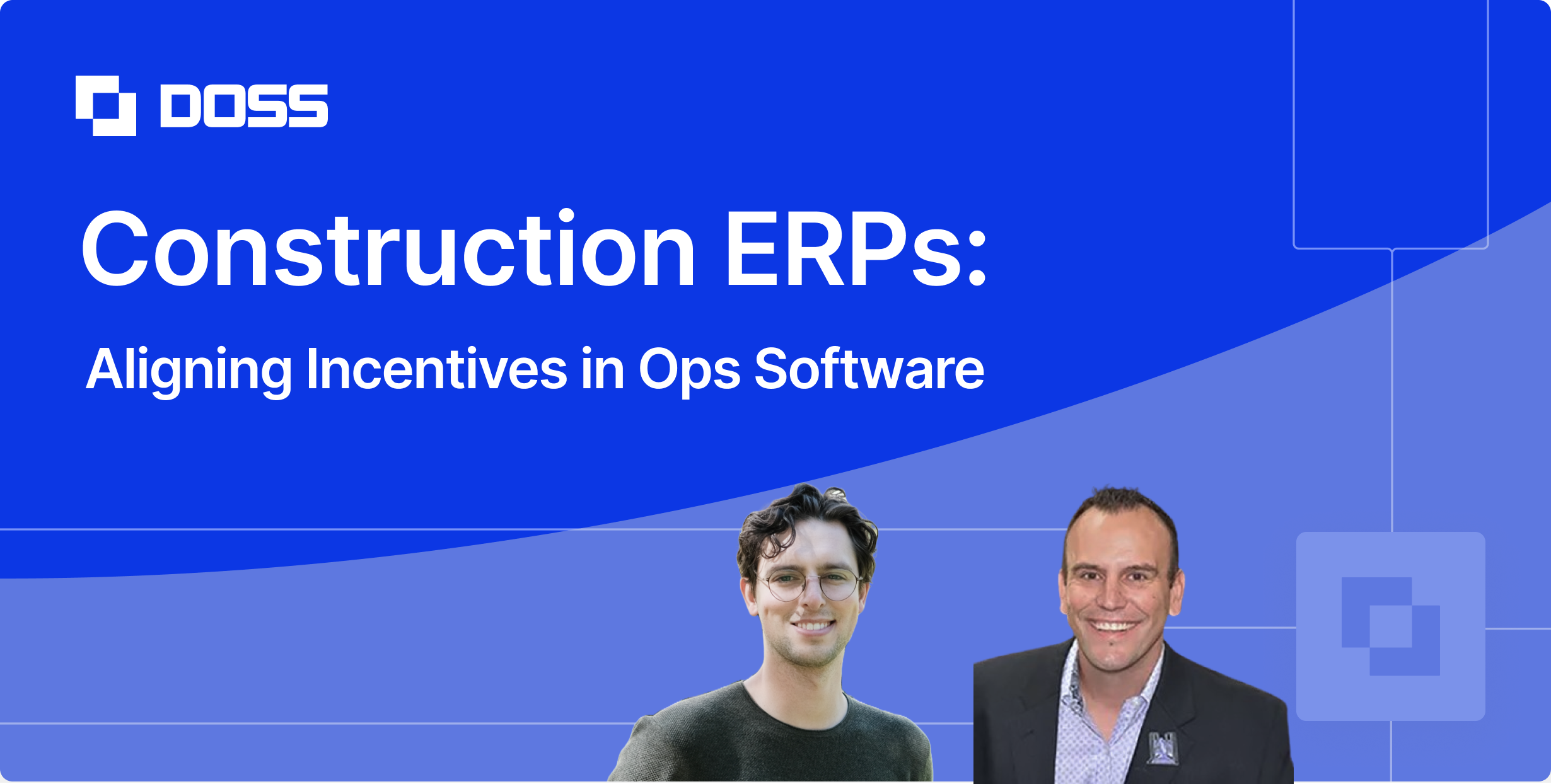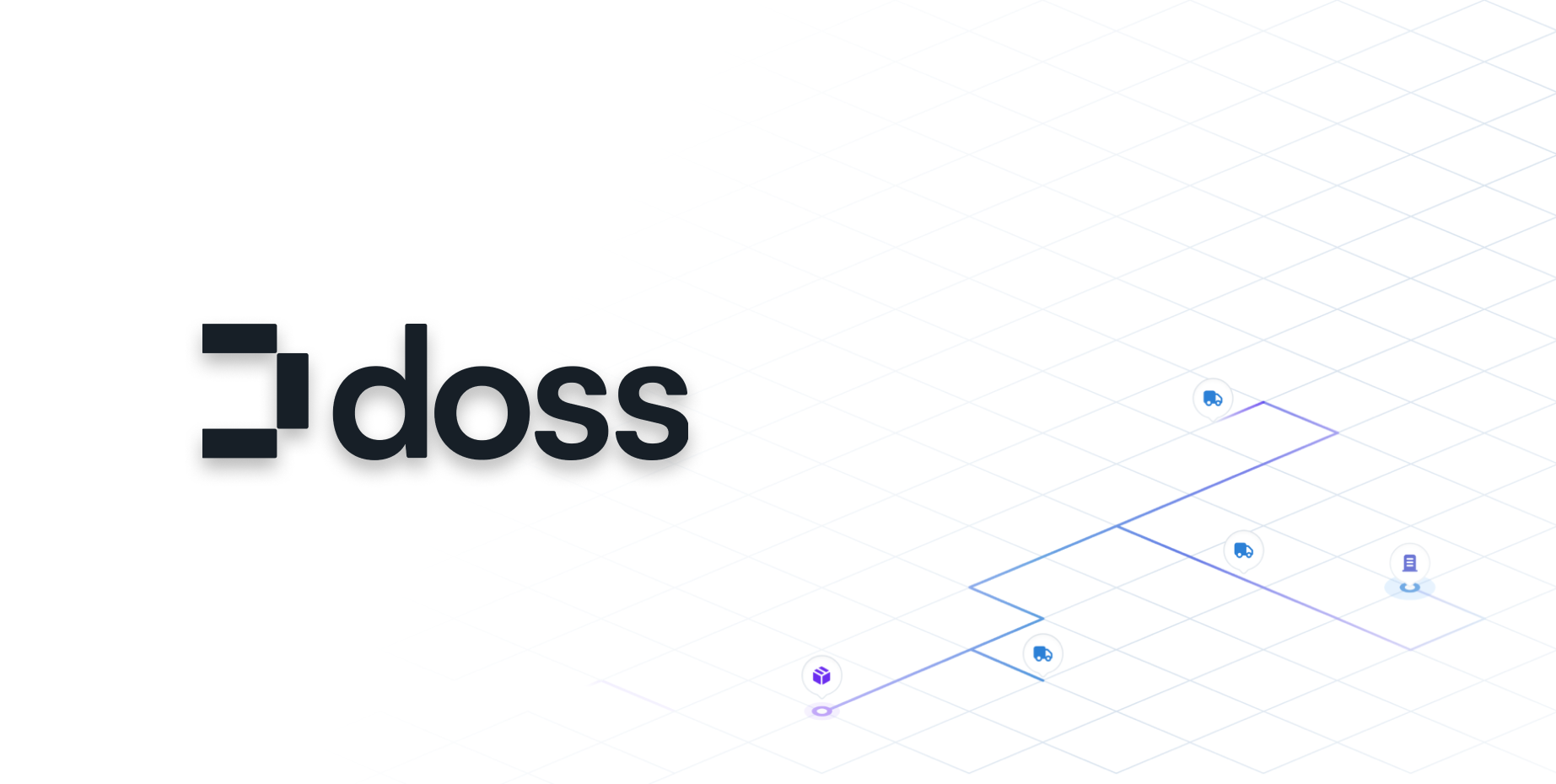Enterprise Resource Planning (ERP) systems have come a long way since their inception in the 1990s. What began as an outgrowth of Material Requirements Planning (MRP) has evolved into sophisticated platforms that touch every aspect of modern business operations. But what's changed over the decades, and where is this technology heading?
Wiley sat down with Robert Bowman of Supply Chain Brain to talk ERP's past, present, and future. Here are the key takeaways on how we're bringing ERP back to basics to accomplish what it originally set out to do:
The Birth of ERP
"What I find most interesting about ERP as a category is that it seems to be inextricably linked to the actual story of computing in the workplace," Wiley explains.
The journey began in the 1970s when companies like SAP started working with chemical companies to track the state of goods and financial flows using IBM mainframes. As computing platforms evolved from mainframes to PCs to cloud services, ERP systems evolved alongside them.
This parallel evolution harps on an important truth: ERP's capabilities have always been limited or expanded by the underlying computing infrastructure available at any given time.
The Implementation Challenge
Anyone who recalls the early days of ERP remembers the horror stories: multi-year implementations, massive budget overruns, and projects that sometimes failed entirely. While things have improved, implementation remains a significant challenge.
"Regardless of that physical component of it maybe being obfuscated now and stored away in someone else's cloud, it's still really difficult," Wiley notes. "There's an enormous component of changing the way that people think that is required to change-manage the implementation of an ERP."
The fundamental difficulty isn't purely technological but rather organizational. Implementing an ERP effectively means printing your business processes into technology, which requires significant courage from leadership to drive upstream process changes while the business continues operating.
The ERP Landscape: Ubiquitous But Stratified
Has every company already adopted ERP? According to Wiley, the market is "extremely saturated," with major ERP providers like SAP present in nearly all Fortune 100 companies. However, that doesn't mean the market is static:
"The question fundamentally is, what generation and life cycle is the ERP that any given company has?"
Many businesses are still running systems older than many of their employees. ERPs dating back to the 70s and 80s that have become so embedded that replacing them seems impossibly risky. This creates a stratified market where companies are at wildly different stages of ERP maturity.
Cloud ERP: Moving Complexity, Not Eliminating It
The shift to cloud-based ERPs promised easier upgrades, reduced maintenance, and greater flexibility. But is that reality?
"I think there's pros and cons to the cloud. You can't really destroy complexity, you can only move it."
With cloud ERPs, the complexity shifts to services that configure and implement your specific version across cloud infrastructure. You might pay more for these services than managing them yourself, but it allows you to outsource some of that focus so you can concentrate on running your actual business.
The key question becomes: "Is sharpening your ERP implementation and the data platform and the integrations materially going to impact the quality of the growth of your company or the efficiency of your company?"
What Even Is "ERP" Today?
The definition of ERP has blurred significantly since its inception:
"SAP started out selling applications and finance and accounting systems, and now they sell databases. Oracle started selling databases, and now they sell applications and finance systems."
Today's ERPs must handle increasingly complex business environments that defy simple categorization. Rather than focusing on the semantics of what ERP means, Wiley suggests thinking about the fundamental purpose:
"How do we litigate the state of what was, what is, and what will be inside of our business as it relates to goods, dollars, data, services, and our customers?"
The Integration Challenge Remains
Despite decades of advancement, one challenge remains stubbornly persistent—integration. As Larry Ellison famously said in 1998, "Seamless integration is beyond state-of-the-art." And that statement remains true today.
Anecdotally, the quality of integrations is the number one limiting factor in the quality of an ERP implementation.
This challenge is particularly acute for organizations that need their ERP to work with various point solutions. Successfully integrating systems requires deep understanding of multiple technologies and how they relate to your specific business needs.
AI: The Next Frontier for ERP
While cloud computing has significantly impacted ERP development, artificial intelligence represents an even more transformative force—one that's only beginning to show its potential.
"I know for a fact that it has not had the impact yet that it will," Wiley predicts.
The key breakthrough is AI's ability to understand semantics and context in ways that previous computing paradigms couldn't. This capability opens the door to solving some of ERP's most persistent challenges:
- Forecasting: More accurate and contextual demand planning
- Data reconciliation: Resolving discrepancies across systems
- Master data cleanup: Maintaining data quality at scale
- Implementation: Reducing the time and complexity of setup
"Where we're going to see almost all of the upside of AI entering the ERP market is that a very large part of the services that's required to set up, support, and maintain ERPs will actually be managed by AI 10 years from now."
The Future: ERPs as Technology Companies
Looking ahead, Wiley sees ERP providers converging with cloud service providers (illustrated by partnerships like SAP and Databricks ) as they recognize that their customers need more advanced technology capabilities.
"ERP companies today are going to be technology companies for tomorrow. And technology companies today are really focused on AI."
This transformation will enable businesses to operate at unprecedented speeds, with AI-enhanced insights available to everyone from the C-suite to individual contributors in supply chain and finance.
For this to happen, ERP companies must evolve beyond their traditional business models:
"They have to really focus themselves in as technology companies, not as services businesses that are layering in lots of implementation projects."
The DOSS Approach: Built for the AI Era
At DOSS , we're building for this future. Our Adaptive Resource Planning (ARP) platform is designed from the ground up with both human users and AI in mind.
"We built from the ground up our own ERP primitives. We're not really copying a lot of the patterns that have been out there in the past"
This approach enables deep integration with AI capabilities—not as an afterthought, but as a core design principle. We believe many of our platform's future users won't be people at all, but AI systems working alongside humans to deliver unprecedented value.
The evolution of ERP systems mirrors the broader evolution of computing, with each technological leap enabling new capabilities and approaches. As we enter the AI era, we're witnessing perhaps the most significant transformation yet: one that promises to finally address some of the most persistent challenges in business software.
For organizations looking to navigate this changing landscape, the key is finding technology partners who understand both where ERP has been and where it's going. And who are building for that future today.
Want to learn more about DOSS ARP for your business? Contact our sales team.






